Isaac Robinson
Framing the Game: How Context Shapes LLM Decision-Making
Mar 05, 2025Abstract:Large Language Models (LLMs) are increasingly deployed across diverse contexts to support decision-making. While existing evaluations effectively probe latent model capabilities, they often overlook the impact of context framing on perceived rational decision-making. In this study, we introduce a novel evaluation framework that systematically varies evaluation instances across key features and procedurally generates vignettes to create highly varied scenarios. By analyzing decision-making patterns across different contexts with the same underlying game structure, we uncover significant contextual variability in LLM responses. Our findings demonstrate that this variability is largely predictable yet highly sensitive to framing effects. Our results underscore the need for dynamic, context-aware evaluation methodologies for real-world deployments.
Interpretable Visualizations with Differentiating Embedding Networks
Jun 11, 2020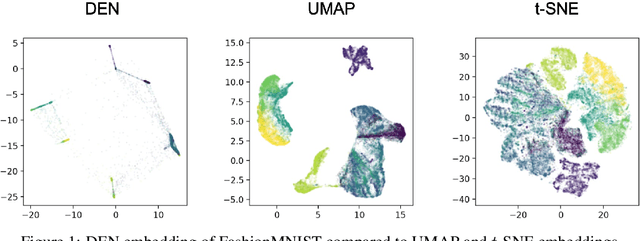

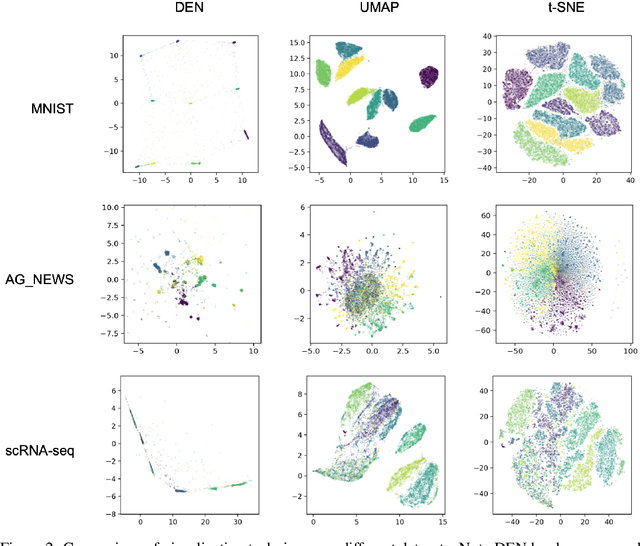
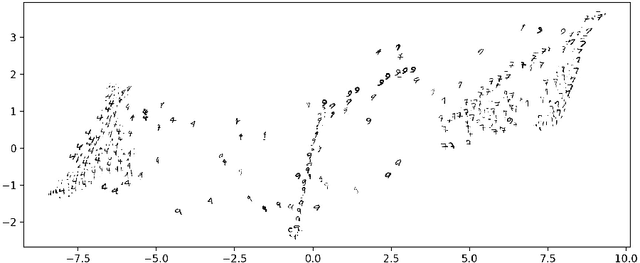
Abstract:We present a visualization algorithm based on a novel unsupervised Siamese neural network training regime and loss function, called Differentiating Embedding Networks (DEN). The Siamese neural network finds differentiating or similar features between specific pairs of samples in a dataset, and uses these features to embed the dataset in a lower dimensional space where it can be visualized. Unlike existing visualization algorithms such as UMAP or $t$-SNE, DEN is parametric, meaning it can be interpreted by techniques such as SHAP. To interpret DEN, we create an end-to-end parametric clustering algorithm on top of the visualization, and then leverage SHAP scores to determine which features in the sample space are important for understanding the structures shown in the visualization based on the clusters found. We compare DEN visualizations with existing techniques on a variety of datasets, including image and scRNA-seq data. We then show that our clustering algorithm performs similarly to the state of the art despite not having prior knowledge of the number of clusters, and sets a new state of the art on FashionMNIST. Finally, we demonstrate finding differentiating features of a dataset. Code available at https://github.com/isaacrob/DEN
Tree-SNE: Hierarchical Clustering and Visualization Using t-SNE
Feb 13, 2020
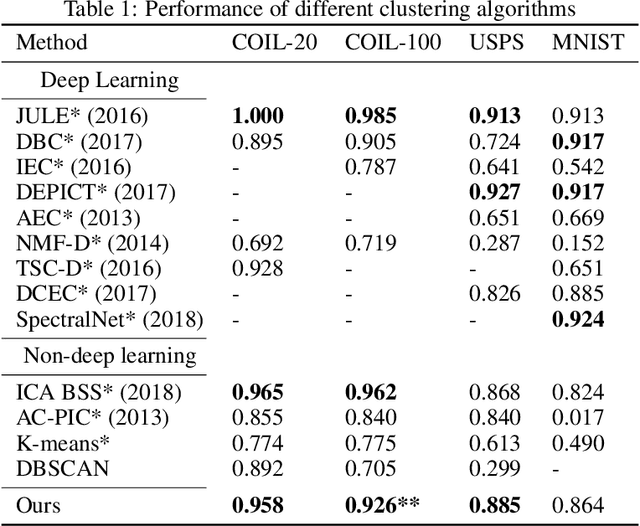
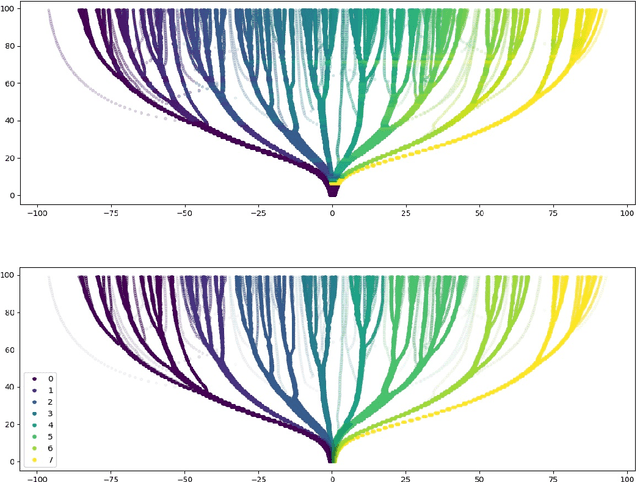

Abstract:t-SNE and hierarchical clustering are popular methods of exploratory data analysis, particularly in biology. Building on recent advances in speeding up t-SNE and obtaining finer-grained structure, we combine the two to create tree-SNE, a hierarchical clustering and visualization algorithm based on stacked one-dimensional t-SNE embeddings. We also introduce alpha-clustering, which recommends the optimal cluster assignment, without foreknowledge of the number of clusters, based off of the cluster stability across multiple scales. We demonstrate the effectiveness of tree-SNE and alpha-clustering on images of handwritten digits, mass cytometry (CyTOF) data from blood cells, and single-cell RNA-sequencing (scRNA-seq) data from retinal cells. Furthermore, to demonstrate the validity of the visualization, we use alpha-clustering to obtain unsupervised clustering results competitive with the state of the art on several image data sets. Software is available at https://github.com/isaacrob/treesne.
 Add to Chrome
Add to Chrome Add to Firefox
Add to Firefox Add to Edge
Add to Edge